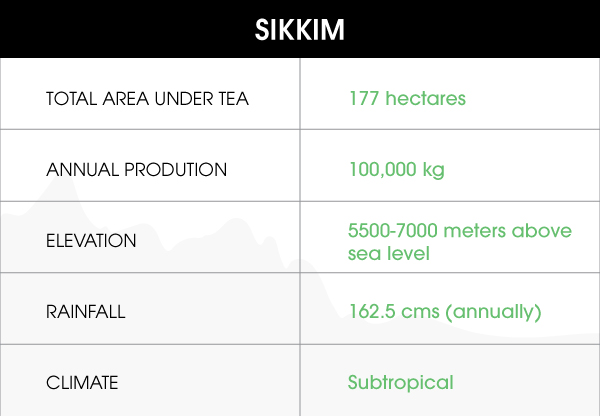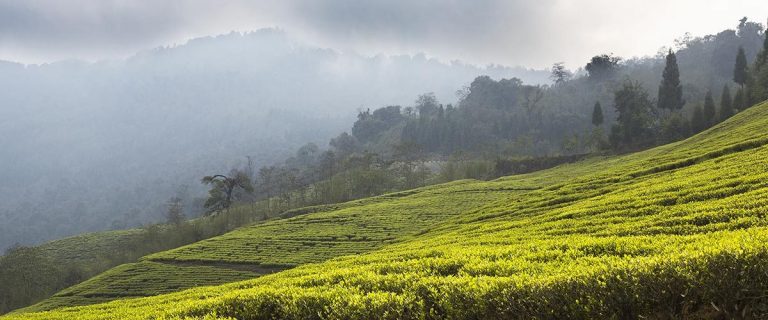Sikkim state has only one tea estate but that’s grown in reputation enough to make it a garden to contend with. The Temi Tea Garden is a Government of Sikkim undertaking, established in the year 1969. It is located in South Sikkim region of the northeastern Indian state of Sikkim. This is the only tea garden in operation in the state. The teas produced here are well-known for their rich aroma and delicate taste.

Unlike the colonial tea gardens in Darjeeling, Assam and even the Nilgiris, Temi came up entirely because of the king of Sikkim, Palden Dhondup Namgyal. Up until 1975, the kingdom of Sikkim was not a part of the Indian republic. In 1959, the Tibetan leader, the 14th Dalai Lama fled from Tibet, seeking asylum in India. He was followed by hundreds of thousands of Tibetans. And Sikkim played host to many of them.
In 1969, the king invited his friend, Teddy Young, a British tea planter over at Darjeeling, to set up a tea garden in Sikkim. He foresaw it as an industry to provide employment to his people, and thus create an industry. Teddy Young, was the last of the British ‘sahibs’ and a planter. He spent eight years creating the garden that’s now famous as Temi.
In 2005, the garden switched to ‘Organic Method’ as per the guidelines issued by the Institute of Marketology (IMO), Switzerland. The tea garden is best regarded for producing Golden Flowery Orange Pekoe 1 (TGOFP1) grade tea. The estate also produces Orthodox Dust.

Comments are closed.